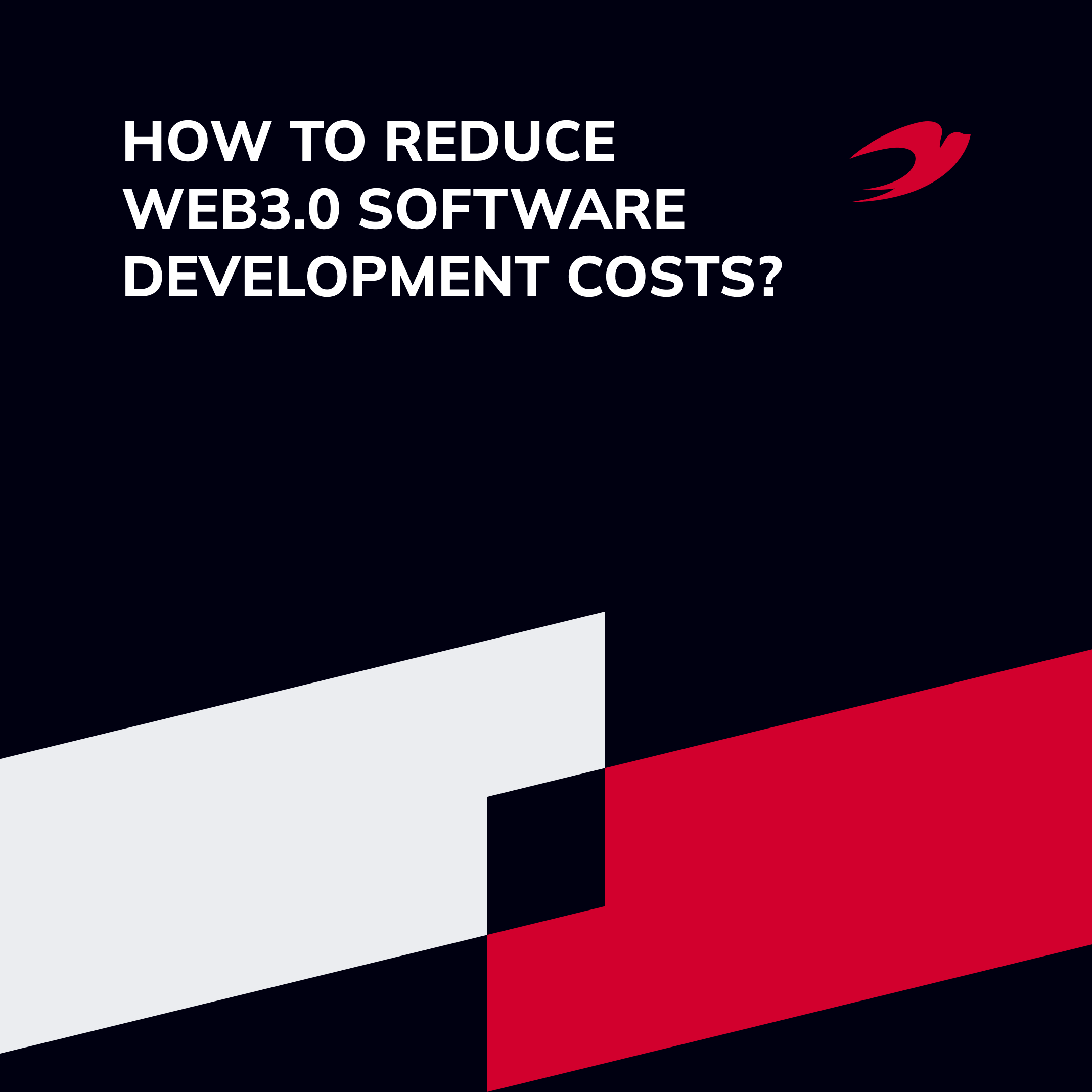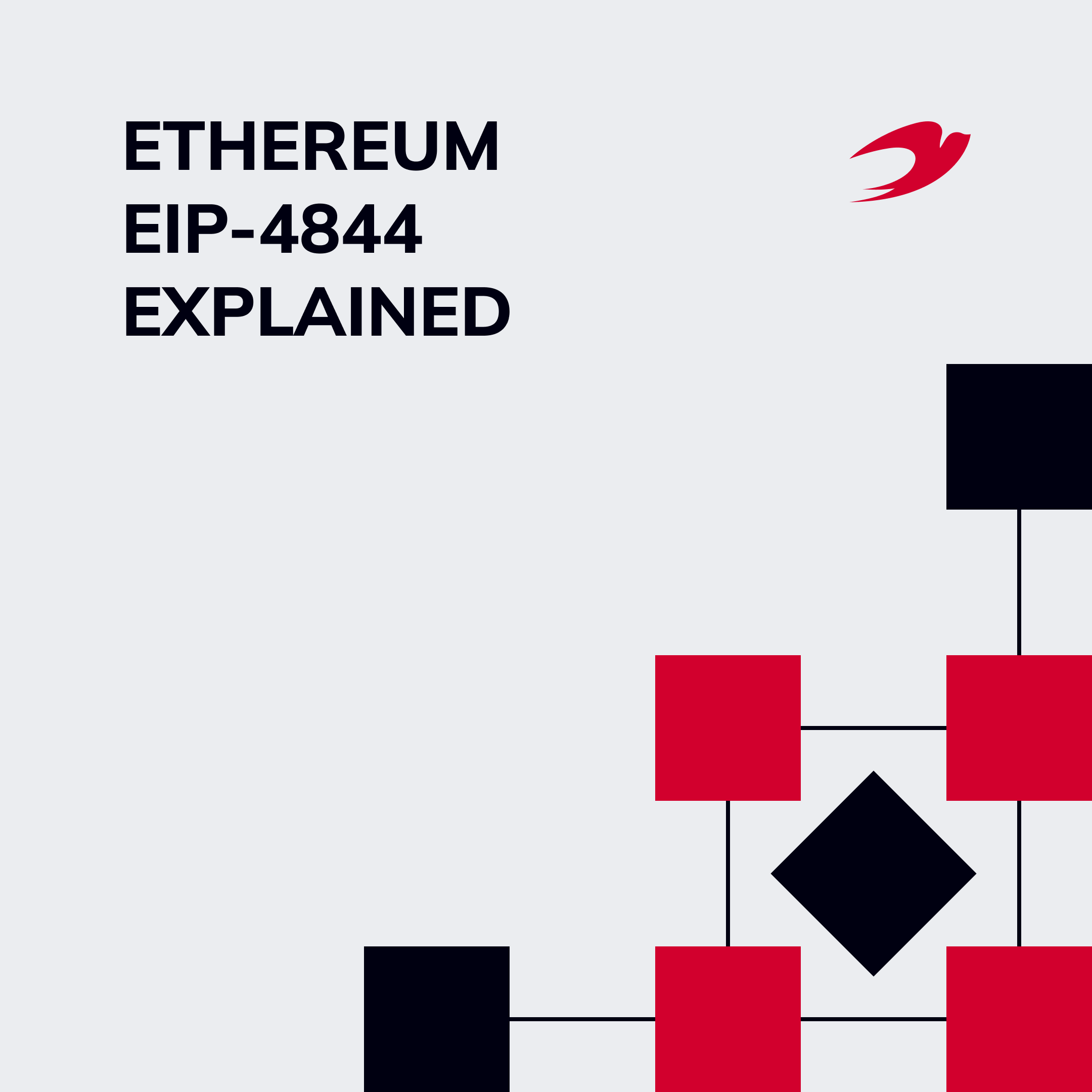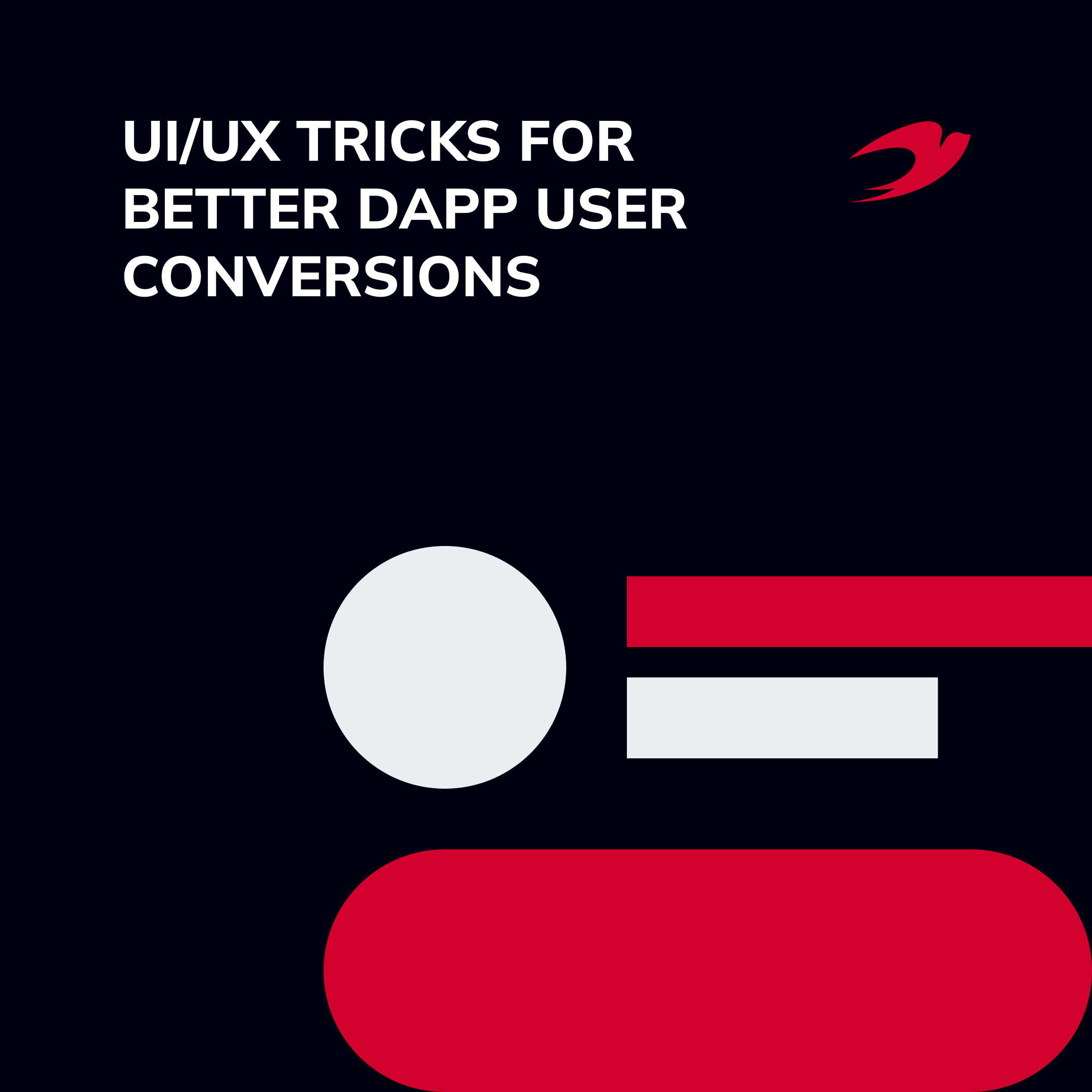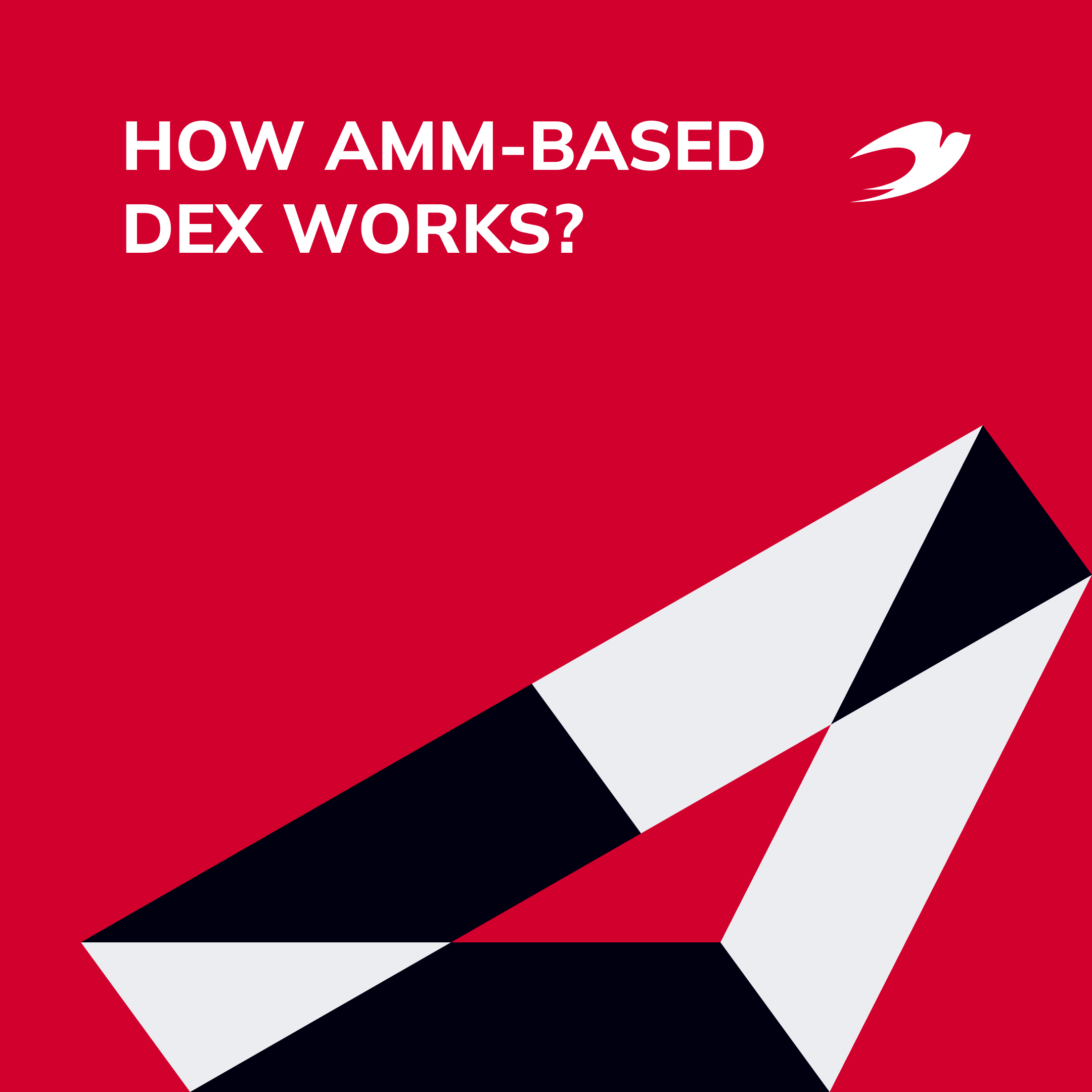Web3.0 development cost optimization is a hot topic because the blockchain domain constantly evolves, and it becomes costlier to develop Web3.0 projects. Entrepreneurs seek for ways to save money, launch quick MVPs, and develop them on saved funds. Our IdeaSoft team understands this. This is why we have prepared this article together with our top management to show you the best ways to optimize Web3.0 costs in your future or current project.
Looking to optimize your software development process and cut down costs without compromising quality?
Our expert team specializes in innovative strategies to streamline your project, ensuring maximum efficiency while minimizing expenses. Ready to revolutionize your software development approach and save on costs? Reach out to us today for a personalized consultation!
So, let`s start discussing how to optimize Web3.0 development cost in the short and long term!
Table of Contents:
- Understanding Web3.0 Development Costs
- How Much Does Web3 Application Development Cost?
- How to Optimize Web 3.0 Costs: Our Recommendations
- IdeaSoft Web3.0 Case Studies
- Summary
Understanding Web3.0 Development Costs
There are 5 main factors affecting your Web3.0 software development cost:
- Team composition. Web3.0 projects require a multidisciplinary team comprising developers, blockchain experts, designers, project managers, and legal advisors. The size and expertise of the team will directly impact development costs. Highly skilled professionals command higher rates, so a larger team with specialized expertise may increase costs.
- Tech stack. The technology stack for Web3.0 development typically includes blockchain platforms, smart contract languages, frontend frameworks, and backend technologies. Popular choices for blockchain platforms include Ethereum, Polkadot, and Solana, each with its own ecosystem and Web3.0 development tools. Smart contract languages like Solidity (Ethereum) or Ink! (Polkadot) are used for writing decentralized applications (dApps).
- Blockchain choice. The choice of a blockchain platform can significantly impact development costs due to differences in developer expertise and ecosystem maturity. For example, platforms like Ethereum have a well-established developer community and extensive documentation, which may lead to lower development costs compared to newer or less mature platforms. Additionally, the availability of developers proficient in a particular blockchain’s programming language (e.g., Solidity for Ethereum, Rust for Substrate-based chains) can affect costs.
- Product complexity. Simple applications like token-based systems or basic decentralized finance (DeFi) projects may require less development effort and, therefore, lower costs. Conversely, complex projects involving intricate smart contracts, decentralized governance mechanisms, or novel blockchain integrations will likely incur higher costs due to the increased development time and expertise required.
- Similar project existence. If existing solutions or open-source libraries can be leveraged, development time and costs may be reduced. Conversely, completely novel projects will require thorough investigation and potentially extensive discovery phases, leading to higher initial costs.
How Much Does Web3 Application Development Cost?
In addition to exploring the intricacies of developing Web3.0 applications, entrepreneurs frequently inquire about the overall financial investment necessary for their project. We want to note that outsourcing and outstaffing costs will greatly vary.
At IdeaSoft, we have a wealth of experience within the realm of Web3.0, such as the development of a cryptocurrency exchange platform (Biiteeu), a trade finance solution (Versara), and an NFT marketplace (Nfinity). The Web3 app development cost assessments are bespoke endeavors.
Typically, Web3 software costs start from $20,000 and can reach over $100,000. For instance, at IdeaSoft, our experts meticulously scrutinize each variable to devise a tailored cost estimation strategy. We ensure the delivery of a robust Web3.0 product without compromising on its caliber or functionality.
You can hire remote blockchain developers 24/7!
Contact us now and continue reading this article in order to learn more. Let’s create a cost-effective software solutions together!
How to Optimize Web 3.0 Costs: Our Recommendations
Here are 4 ways to optimize web3.0 development cost tested with our own experience.
Invest in the proper discovery phase
For sustainable success, investing in a comprehensive and meticulously researched discovery phase can yield significant savings of up to 50%. This holds true for budding startups embarking on new ventures as well as established projects seeking to expand their feature set.
Laying a solid foundation through thorough Web3.0 trends exploration and planning is a great advantage. This way, you can optimize Web3.0 development cost and mitigate unnecessary expenditures in the long run.
Opt for outsourcing teams
Outsourcing presents a compelling proposition for businesses delving into Web3 project development. Such teams offer significant cost advantages over the traditional approach of hiring full-time employees. Outsourcing software development allows you to access a global talent pool of specialized professionals without the overhead costs associated with recruitment, onboarding, and maintaining in-house teams.
Moreover, outsourcing allows for flexible scaling, enabling you to adapt resources according to project requirements. This way, you can also optimize expenditure. This approach not only minimizes fixed costs but also grants access to diverse skill sets and expertise, ultimately fostering innovation and accelerating project delivery.
To be honest, to pay less at the end is to pay more at the beginning. And as we know, quality always costs, and we all know about it. There are plenty of teams and individuals you can onboard, but as market conditions change rapidly, this becomes harder and harder. Even experienced teams sometimes can’t keep up with all the innovations.
Herman Stogniiev, CTO and Co-founder of IdeaSoft
Make small increments as often as possible
To effectively reduce Web3 development costs, follow these recommendations:
- Define a clear project scope. Before diving into development, thoroughly define the project scope. Clearly outline the features, functionalities, and objectives of your web3 application. This prevents scope creep, which can lead to increased development time and Web 3.0 costs.
- Select the right blockchain. Choose a blockchain platform that aligns with your project requirements and goals. Look for blockchains with active communities, as they offer better support, resources, and potential for collaboration. Conduct thorough research on transaction speed, scalability, consensus mechanism, and developer tools available.
- Prioritize security with open-source tools and frameworks. Leverage open-source tools and frameworks to expedite development while maintaining a strong focus on security. Choose reputable libraries and frameworks that are actively maintained and have a track record of addressing security vulnerabilities promptly.
- Consider modular development and scalability early on. Adopt a modular development approach to enhance flexibility, maintainability, and scalability. Break down your project into smaller, manageable modules or components that can be developed, tested, and deployed independently. This allows for easier iteration, integration of new features, and application scaling as user demands grow.
This is how you can effectively optimize Web3.0 costs while ensuring the successful delivery of your project within budget and timeline constraints.
Plan big, but at the start, it is better to focus on something small and achievable. Make small increments as often as possible and gather feedback.
Jeffrey Smith, Head of Business Analysts team
Choose experienced developers as they make less ineffective actions
With an experienced team with proven track records, you know you can pay more for the development yet save much more on further adjustments. But this is not the main reason for opting for experienced development teams. What is much more important – the high-end security that experienced teams offer.
Security is critical. Unfortunately, many Web3 projects, as we see, try to reduce their costs on code audits, leading to massive exploits, loss of funds, and overall product failure. So, to prevent such results for your Web3 project and not pay a high price at the end, it’s better to partner with a team experienced in Web3 development like IdeaSoft.
Consider a crew that:
- Got proven track of delivered products
- Has a partner-oriented approach
- Built projects that people were/are using and love them
- Comprises of geeks
Our team knows the market and has launched many projects. In the current bullish market, the speed and efficiency of the Web3 project launch are paramount. Our IdeaSoft team is sophisticated and knows all the solutions you can apply to your Web3.0 project to speed up all the processes. With us, you can launch MVP in a matter of weeks.
From my point of view, to make a great product and not spend a fortune while being on time with at least half of your deadline, you need to have great partners to work with. My recommendation is always to look for the right team! Consider choosing partners who will take the entire development process so you can focus on your core responsibilities! Choose wisely.
Simon Madry, Head of Business Development
IdeaSoft Web3.0 Case Studies
Here are 3 examples of Web3.0 projects confirming our deep expertise.
Asymetrix
Asymetrix is an Ethereum-based decentralized and non-custodial protocol developed by IdeaSoft. It enables users to deposit stETH and have a chance to win valuable staking rewards. The protocol addresses the challenge of low yields in traditional staking by pooling together generated yields and distributing them randomly and asymmetrically to a single user, ensuring even small stakeholders have a chance to win significant rewards.
What IdeaSoft team has implemented:
- Stable decentralized protocol that allows users to deposit any amount of stETH
- Transparent prize distribution functionality using Chainlink VRF
- ASX (ERC-20) protocol token creation and implementation for governance and airdrop programs
- DAO on Snapshop
- esASX token for early adopters
- BOOST system to reward LPs
- MINI POOLS deposit feature
8 experts worked on Asymetrix and the first version was delivered in 6 months.
Dollet Wallet
Dollet is a non-custodial mobile crypto wallet designed to support ERC-20 standard tokens. It incorporates advanced features like pool deposits, yield farming strategies, and integration with multiple blockchain networks, including Ethereum, BNB Chain, Polygon, Arbitrum, and Optimism.
What IdeaSoft team has implemented:
- Basic wallet functionalities: sending, receiving, bridging, swapping, buying crypto, and receiving notifications
- Admin panel functionalities: log in/log out, user registration, asset management, pool deposits, farming strategy management, adjustable settings, and network switching;
- Stargate API that enables bridge functionality
- Pool investment smart contract that was developed using Solidity within the Arbitrum network
- Keychain solution integration
- KYC functionality supported by Wert technology
10 experts continuing working on the Dollet non-custodial crypto wallet while the first version was delivered in 6 months.
Rainmaker Games
Rainmaker Games revolutionizes the Play-to-Earn (P2E) gaming industry with in-game NFTs and a marketplace. The Rainmaker staking technology, developed by IdeaSoft, encourages liquidity and user participation. Advanced wallet whitelisting enhances platform security. Smart contracts ensure controlled token release. Integration with Uniswap V2 offers additional income opportunities.
What our team has implemented:
- Incentivized liquidity pools
- Secure reward distribution
- Enhanced security with wallet whitelisting
- Token vesting mechanism
- Integration with Uniswap V2 for functionality improvement
- Protocol incentive model for liquidity pools
- Metamask integration
- Pool investment smart contract with token vesting
- User-friendly interface design
- Treasury smart contract for token distribution management
6 experts worked on the Rainmaker staking project and delivered it in 4 months.
Summary
Choosing the right Web 3.0 partner is crucial to optimize Web 3.0 development cost. You should consider the following aspects:
- Technical strength and experience of the partner
- Business reputation and service quality
- Price competitiveness, innovation, and sustainability
If you want to quickly launch your Web3.0 project on the bullish market, we are here to help you! IdeaSoft team knows all the solutions you can apply to your Web3.0 project to speed up its development. With us, you can launch MVP in a matter of weeks.




